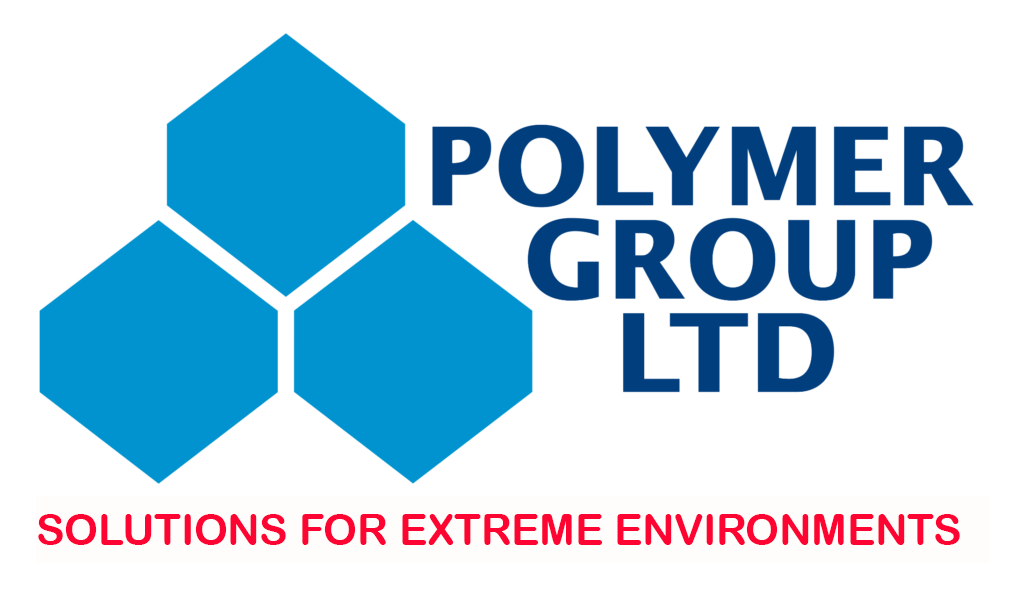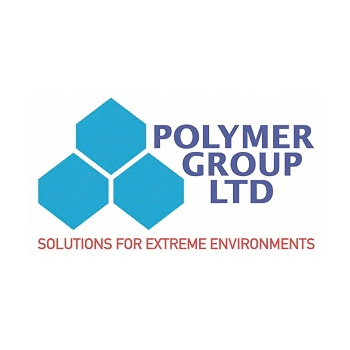ELECTRICAL ENCAPSULATION
Polyurethanes and Epoxies are well established in the field of electrical encapsulation due to their wide range of processing and performance qualities. They can be produced as tough, rigid or soft elastomeric products and give good electrical, mechanical and moisture protection to electrics.
The cured polyurethane provides protection against both mechanical forces and moisture ingress. It also electrically insulates the components and eliminates mechanical noise caused by flux vibration.
Polyurethanes can be formulated to have the additional properties of good thermal conductivity to dissipate heat from the components or flame retardancy. A less obvious advantage of encapsulation is in making it difficult to remove the cured polyurethane from the components – thus providing protection from competitors.
Polymer Group has a range of high performance, co-polymer, polyurethane electric potting elastomers ranging in hardness from Shore 25A to Shore 60D. The handling characteristics enable ease of use and versatility in a variety of applications. The low viscosity of mixed Endurapack allows good penetration of the components within the case. External heat is not normally required. Endurapack series elastomers are suitable for electrical encapsulation of transformers and electronic components.
There are three processes used for encapsulating electrical components:
- Potting – encapsulation of components within a case;
- Moulding – encapsulation of components in a removable mould;
- On-site – encapsulation of electrical cable joints on-site. The electrical component is placed within a case and the polyurethane is poured into the case to cover the components. The mix sets to form a solid polyurethane.


